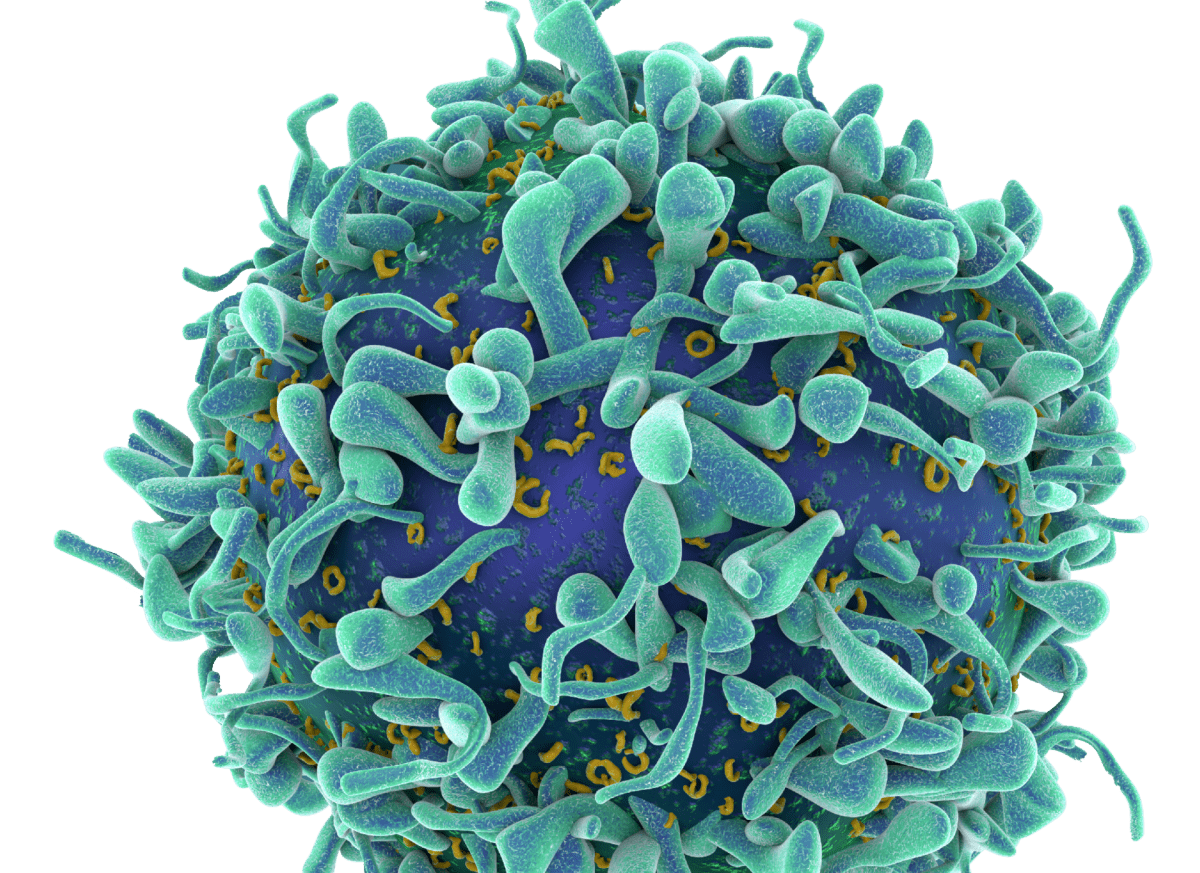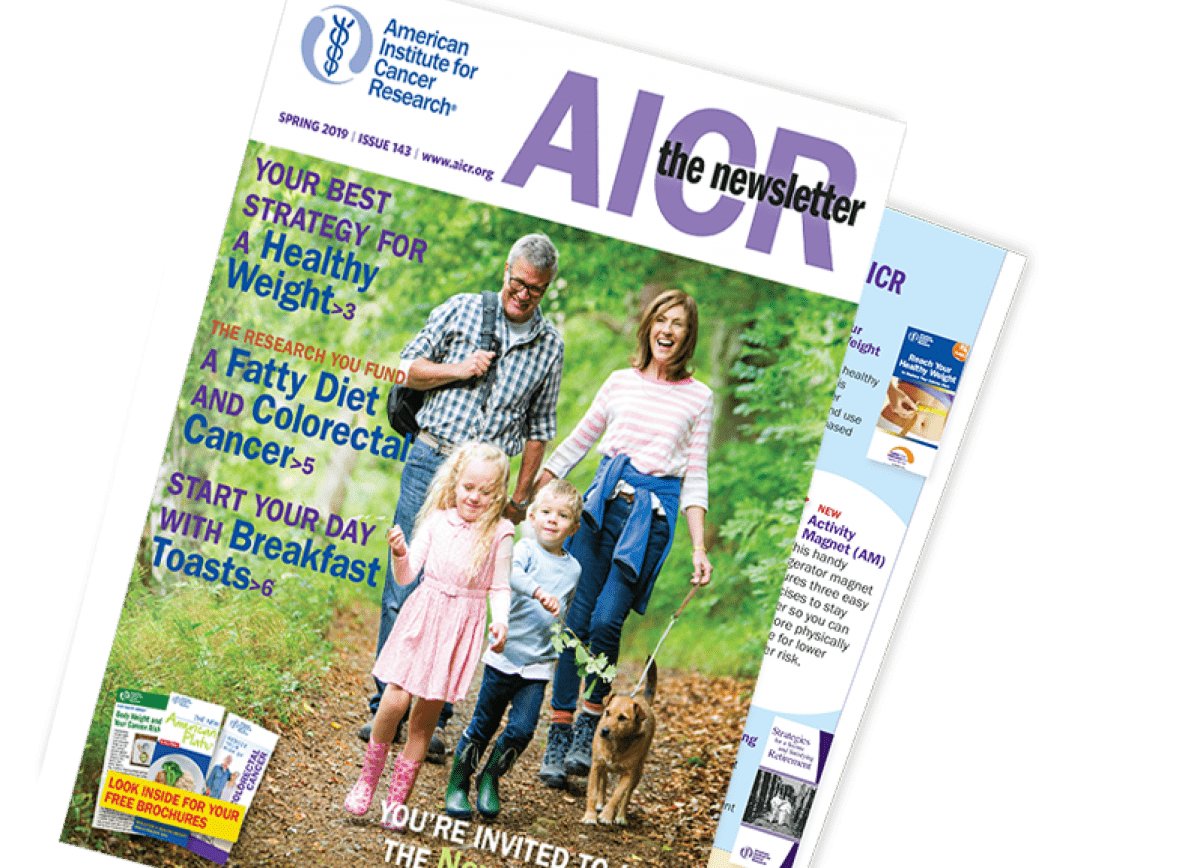Summer 2021 Archive
Charitable remainder trusts are often thought of as a tool for clients who want to provide for one or more charities during their lifetimes while retaining payments for life. But the same advantages that make remainder trusts useful in inter vivos planning may also apply to testamentary gifts. This can be especially true when clients want to lock in favorite charities and provide payments for life to beneficiaries who may not be able to handle a windfall. There are, however, a few unique considerations with testamentary remainder trusts.
Funding—The will or living trust can direct certain estate assets or the residue to fund the trust. Because of the stepped-up basis at death, it may be better to leave appreciated securities to family members. Assets constituting income in respect of a decedent—U.S. savings bonds or IRAs, for example—can be excellent for funding the remainder trust. Immediate tax on the IRD is avoided.
Deduction—An estate tax charitable deduction is allowed for the remainder value of the trust, although few estates are subject to tax (only those in excess of $11.7 million in 2021). A remainder trust may allow clients to achieve other planning goals, even without the deduction.
Qualification—To qualify as a charitable remainder trust, the trust must provide a remainder value equal to at least 10% of the value of the assets used to fund the trust [§§664(d)(1)(D), (d)(2)(D)]. It may be difficult to calculate in advance whether a trust will yield a 10% remainder, particularly if there are multiple beneficiaries or young beneficiaries. The problem can be compounded with a charitable remainder annuity trust, which is also subject to the 5% probability test [Rev. Rul. 77-374], although contingency language can be included to terminate the trust prior to any payment that would cause the value of the corpus to drop below 10% of the initial value of trust assets [Rev. Proc. 2016-42]. In the case of multiple beneficiaries, it may be possible to split the trust into separate trusts, one or more of which may meet the 10% remainder requirement. Trust language can also direct the trustee to reduce the payout rate (minimum 5%) or establish a term-of-years trust (maximum 20 years) in order to satisfy the 10% requirement.
A charitable remainder trust cannot include a power to invade, alter, amend or revoke for the beneficial use of a person, but the grantor may retain the power, exercisable only by will, to revoke the annuity or unitrust interest of any non-charitable beneficiary [Reg. §§1.664-2(a)(4), 3(a)(4)].
Why would a grantor want to retain such a power? The mere presence of the power in a trust may avoid any gift tax liability for the value of the rights transferred to others because a revocable transfer is not a completed gift for gift tax purposes [Reg. §25.2511-2(c)]. Any payments actually received from the trust during the grantor’s lifetime by someone other than the grantor generally will be treated as completed gifts to the extent they exceed the annual exclusion under Code §2503(b).
A grantor might retain the power if payments are to continue for the life of a surviving spouse. If the couple is divorced at the grantor’s death, the value of the ex-spouse’s interest would not qualify for the marital deduction. The grantor could, instead, revoke the former spouse’s interest in his or her will. Retaining the right to revoke has no effect on the charitable deduction. The value of charity’s remainder interest is computed based on the assumption that the donor will not exercise the retained power to revoke the interests of the beneficiaries (Letter Ruling 9421047).
Code §664(f)(2) permits a charitable remainder trust to include a qualified contingency without jeopardizing the trust’s tax-exempt status. A qualified contingency is any provision upon the happening of which the annuity or unitrust payments will end and the trust will terminate. This provision, added as part of the Tax Reform Act of 1984, allows a remainder trust to end sooner than the specified trust term. As with the right to revoke, the charitable deduction for a remainder trust with contingency language is calculated by assuming the contingency will not occur. The IRS has approved several qualified contingencies:
Death of another person—A unitrust would pay income to B for life—or could end sooner upon the earlier death of C (Letter Ruling 9322031).
Divorce or separation—A testamentary charitable remainder trust could pay income for life to the decedent’s daughter and then to the son-in-law unless the couple had divorced or separated prior to the daughter’s death (Letter Ruling 9252017).
Completion of education—A 20-year annuity trust could make payments to the donor, or if he died within 20 years, payments could continue to an educational trust that would pay college expenses for 15 students. The trust would terminate at the end of 20 years or the date on which all students had completed their education, whichever happened sooner (Letter Ruling 8749052).
Death before term ends—A testamentary annuity trust was to last for the shorter of five years or the death of the income beneficiary. The termination of payments on the earlier death was a qualified contingency (Letter Ruling 200726005).
One of the most well-publicized uses of a qualified contingency in a charitable remainder trust involved the estate plan of hotelier Leona Helmsley. Payments from the testamentary remainder trust are to continue for her grandchildren only if they visit the grave of their father at least once per year.
With the value of homes rising across the country, some clients may be thinking of selling vacation property they no longer need or want. Unlike a primary residence, however, there is no $250,000 capital gains tax exclusion ($500,000 for married couples) on a sale. The full gain is subject to tax. There are ways to combine the sale of vacation property with a gift to charity, thereby reducing the tax.
Charitable remainder trust—The vacation property can be used to fund a charitable remainder trust that will pay income for life to the donor(s) based on the full value of the property. A charitable deduction is available for the value of charity’s remainder interest. The trustee can sell the property within the trust and avoid capital gains tax. It is usually best to use a charitable remainder unitrust when real property is involved. Annuity trusts must make payments in the first year of the trust creation, which can present difficulties if the property has not sold by the time a payment is due. With a unitrust, however, the trust can be a net income, allowing the trustee to pay the lower of trust income or the stated unitrust percentage. Even better is the use of a flip unitrust [Reg. §1.664-3(a)(1)(i)(c)(2)] in which the trust starts out as a net-income trust but switches to a traditional unitrust upon the happening of a triggering event or a specified date. The triggering event could be the sale of non-liquid assets, such as a vacation home, after which the trust will pay the stated unitrust percentage.
Charitable gift annuities—Some charities will accept real property in exchange for a gift annuity if state laws permit. The charitable deduction is based on the appraised fair market value on the date of the gift, although the charity may negotiate a lower value to account for any potential delay in selling and the cost of the sale.
Partial interests—A gift of an undivided interest in real property is generally an exception to the partial interest rule denying a charitable deduction where a donor transfers less than his or her entire interest in property [Code §170(f)(3)(A)]. An undivided portion is defined as a fraction or percentage of each and every substantial interest or right owned by the donor. The fraction or percentage must extend over the entire term of the donor’s interest [Reg. §1.170A-7(b)(1)(i)]. For example, the donor could give charity a 25% undivided interest in vacation property and be entitled to an income tax charitable deduction. When the property is sold, charity is entitled to 25% of the sale proceeds and the donor avoids capital gains tax attributable to charity’s portion.
Remainder interest—A charitable gift is possible even where the donor plans to continue using the property. Under Code §170(f)(3)(B)(i), a deduction is allowed for an irrevocable contribution of a remainder interest in a personal residence or farm. Personal residence includes property used by the donor as a personal residence, even though it is not the donor’s principal residence. During the donor’s lifetime, the property can be used or rented out for income. If the property is sold, charity would be entitled to the actuarial value of the remainder interest and the donor would avoid a portion of the capital gain.
Providing financial assistance for grandchildren is one way clients can reduce the college tuition burden on their own children. Grandparents, for example, could establish a term-of-years charitable remainder trust (maximum 20 years) in which an independent trustee sprinkles annual payments to the child or children attending college. Depending on the ages of the grandchildren, the trust could also help with post-graduate education or with grandchildren establishing themselves in a career. When the trust ends, assets pass outright to the charitable remainderman. The grandparents are entitled to a charitable deduction in the year the trust is established.
Other advantages to using a charitable remainder trust:
It can be funded with appreciated securities, avoiding capital gains tax.
One trust can benefit all the grandchildren, rather than having separate accounts for each.
Unlike some college savings programs, trust payments can be used for extras such as travel, clothes, a car or food.
An income tax charitable deduction is available.
A charitable remainder trust has the ability to provide for a favorite charity when the trust ends.
© Copyright Sharpe Group. All rights reserved.






